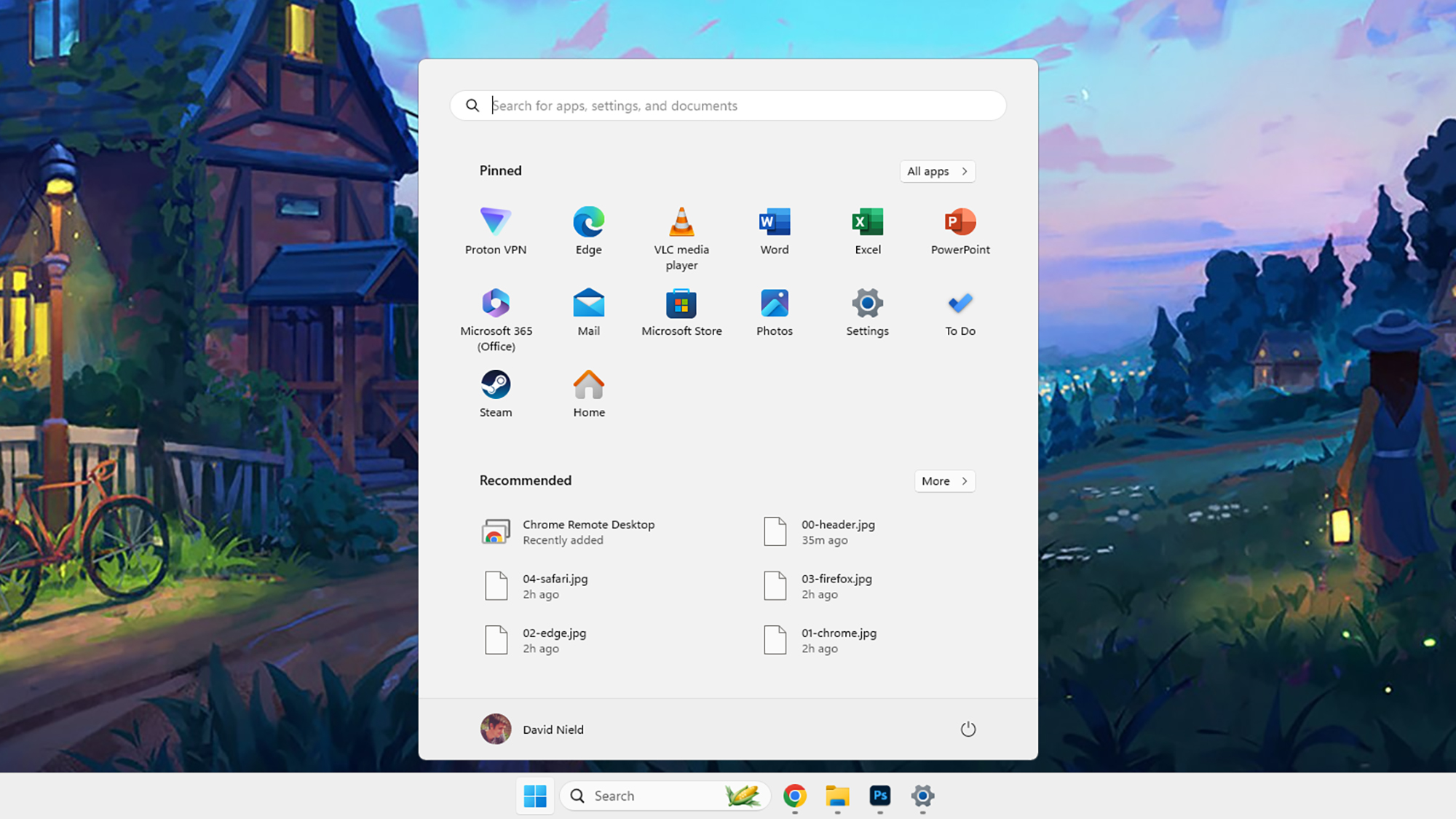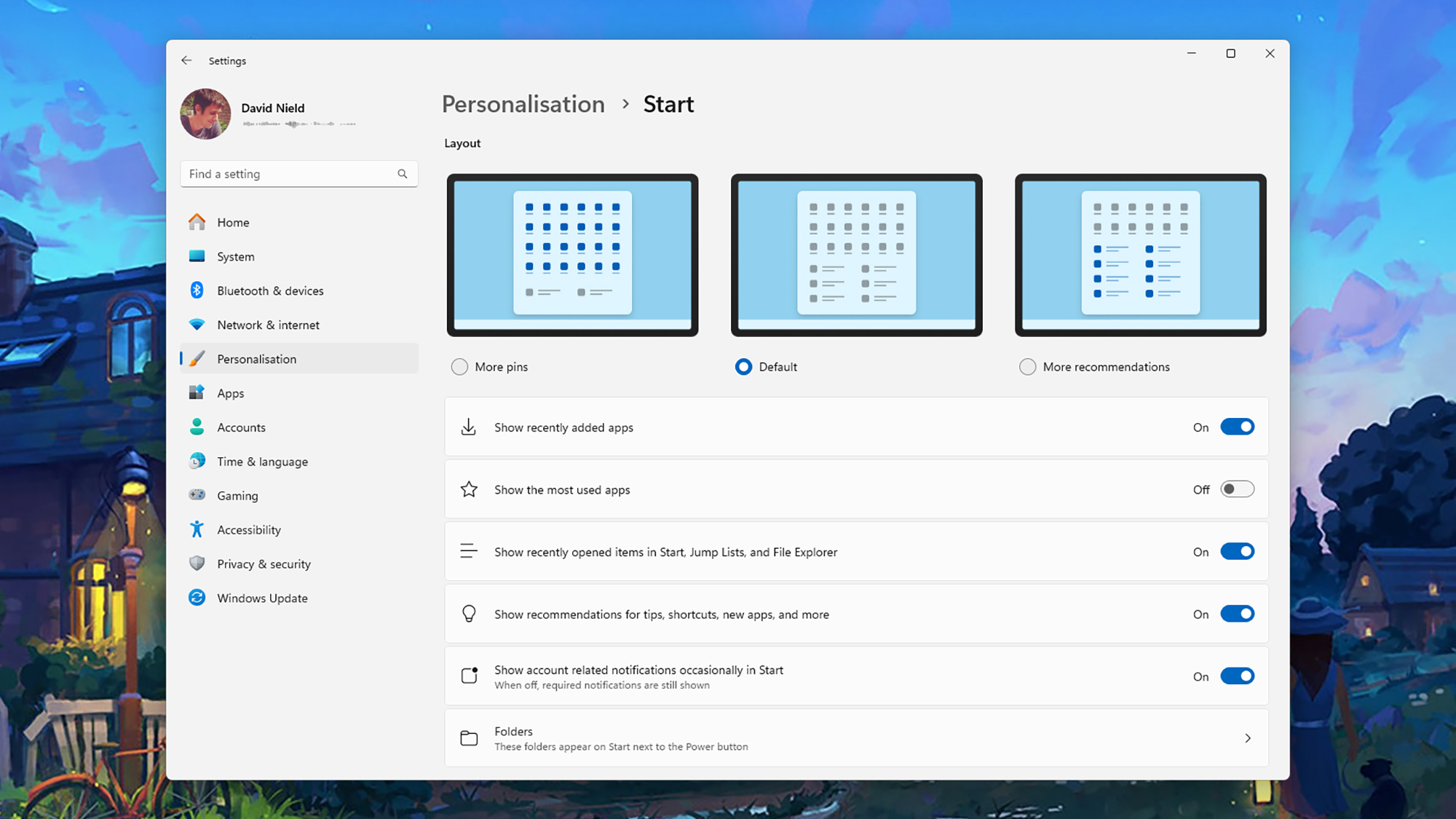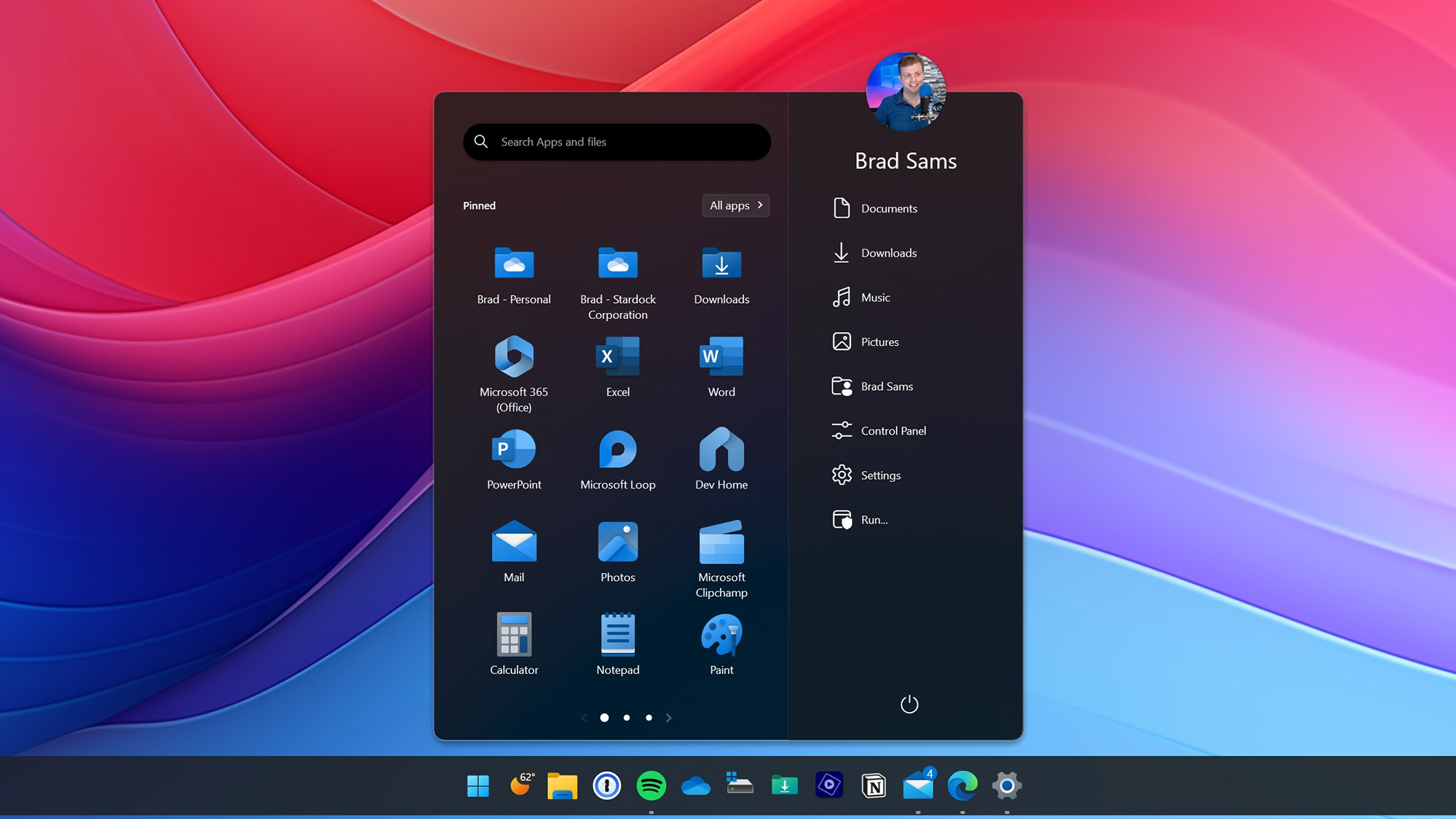The Start menu is usually at the heart of everything you do on Windows, giving you easy access to all of your installed applications as well as the files and folders that are on your system. You’ll likely be spending a lot of time looking at and using the Start menu, so it makes sense to get it configured the way that best suits you.
There are more ways to tweak and personalize the Windows Start menu than you might have realized, and with the help of third-party software, you can even replace it altogether (it’s a bit like reskinning Android). We’ve covered your options below. (If you’re a macOS user, we have a similar guide for you here.)
Customizing the Windows Start menu
It’s not difficult to get started: You can right-click on any of the apps in the Start menu and choose Pin to Start, for example. This means the app shortcut will show up on the pane that first appears when you open the Start menu, so it’s a handy way of getting to your favorite programs more quickly.
Apps that have been pinned to the ‘front’ of the Start menu can be rearranged too — just drag and drop them into a new location. If this opening Start menu screen has shortcuts that you don’t need very often, right-click on them and pick Unpin from Start. The app stays on your computer, but you’ll need to dig deeper into the Start menu to find it.

You can tweak the Start menu further by launching the main Windows Settings panel, then selecting Personalization and Start. Right away you’ll see there are three layouts to pick from, each offering a different combination of pinned app shortcuts and links to recently opened files and folders.
You have Toggle switches further down that allow you to control what is and isn’t shown on the Start menu. Your options here include apps you’ve recently installed, apps you use a lot, files and folders you’ve recently opened in Windows, tips and recommendations from Microsoft, and occasional notifications. It’s up to you how cluttered or uncluttered you’d prefer your menu to be.

Select Folders and, via small icons along the bottom, choose which folders are available right from the first pane of the Start menu. Here your options include Documents, Pictures, and Videos, so you can set up quick links to the places on your system that you visit the most.
The final customization option Windows offers you isn’t in the Start menu section of Settings. Head to Personalization and then pick Taskbar, and under Taskbar behaviors and Taskbar alignment you can choose whether the Start menu button appears in the center of your taskbar or on the left ( where it traditionally has been on earlier versions of Windows).
It’s not difficult to reverse these changes either, and get the Start menu back into the center or as it looks on a fresh installation. Under Personalization and Start from Settings, for example, just click Default to go back to the default mix of pinned apps and recommended files.
Replacing the Windows Start menu
If you want to really get serious about Start menu customization, you can replace the built-in offering with something completely new. There are a few software packages around that will do this for you, and you don’t need to worry about breaking anything—you can simply uninstall the customization program to get the Start menu back to normal again.
One of the best apps in this particular business is Stardock Start11, which lets you reconfigure the Start menu in all kinds of ways—and even return to the classic look of Windows operating systems of years gone by. The software will cost you a one-time fee of $9.99 for one computer, but you can try it for free first to see if you like it.

As well as editing the layout and shape of the Start menu, you can also adjust its color scheme and transparency, and you can apply the same sort of reskinning to the taskbar too, for a unified look. You can move around the Start menu and taskbar as well, and even have them pinned to the top of the display.
Another comprehensive Windows customization package is Rainmeter—and while it includes options for replacing and revamping the Start menu and taskbar, it also gives you options for changing the look of the entire Windows desktop. If you want pixel-by-pixel control over the look of Windows then it’s ideal, and it’s free to use too.

As it is so comprehensive and full featured, the process of getting started with Rainmeter is a little more involved, but there’s plenty in the way of help and documentation. A good way to get started is to download one of the skins created by other users (and there are a lot of them), and then tweak that, rather than starting from scratch. Building your own skin is a little bit like coding your own website, but it’s not too difficult.
Using either Start11 or Rainmeter, you can end up with a desktop operating system that doesn’t look much like the normal Windows at all—and that gives you the opportunity to get the apps, files, folders, and Windows features that you use most often in places where they’re easily accessible.
The post How to customize (or replace) the Windows Start menu appeared first on Popular Science.
from Popular Science https://ift.tt/fc4m7zK




0 Comments